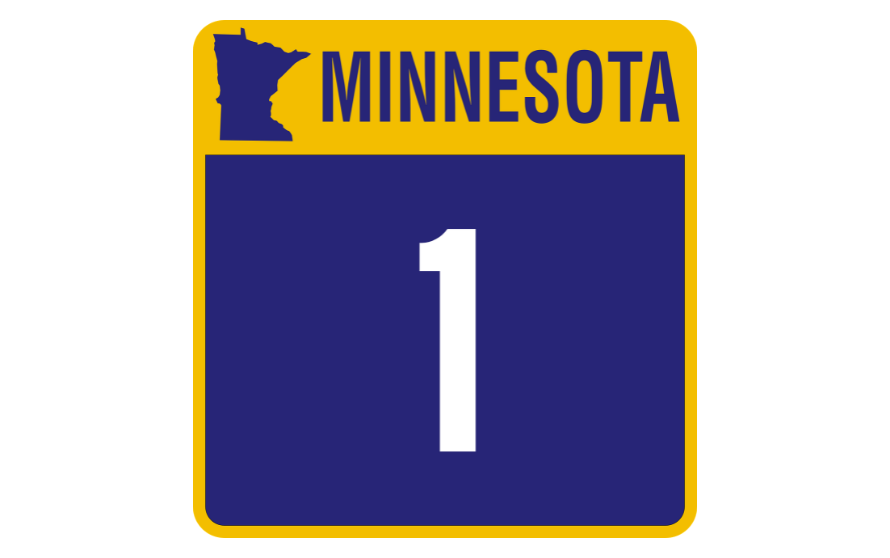
Broad Changes for Ontario’s Construction Act Will Include an Extension to the Lien Filing Period
Today’s contribution is authored by Ms. Nancy Kennerly
Broad changes are ahead for Ontario’s Construction Act. In today’s we post, we will take a high-level look at some key changes including the extension of the lien & suit filing periods, and prompt pay guidelines.
NCS will release a white paper in the coming weeks, to provide additional details on these and other changes, including holdback requirements and construction trusts.
The Review Is Complete, Now to Implement
The review of Ontario’s Construction Lien Act (Act) began in February 2015 and in August 2016, the review committee presented its recommendations for improving the Act (we discussed the review in the NCS white paper, Highlights of the Recent Review of Ontario’s Construction Lien Act).
After the in-depth study and consultation process, broad changes are being made to the Ontario statute through Bill 142. While some housekeeping changes took place on December 12, 2017, the substantive amendments will become effective July 1, 2018 and October 1, 2019.
High-Level Look at Some Key Changes Effective July 1, 2018
Construction Lien & Suit to Enforce Lien | Deadline Extended
The deadlines for the filing of a lien and suit to enforce a lien have both been extended.
Current:
– File the lien within 45 days from last furnishing materials or services, but within 45 days from the earlier of publication of the certificate or declaration of substantial performance, or completion or abandonment of the contract.
– File suit to enforce the lien within 45 days from the period in which the lien must be filed.
Effective 7/1/18:
– File the lien within 60 days from last furnishing materials or services, but within 60 days from the earlier of publication of the certificate or declaration of substantial performance, completion, abandonment or termination of the contract.
– File suit to enforce the lien within 90 days from the period in which the lien must be filed.
Lien on Leasehold Interest
Currently, where the lien attaches to a leasehold interest, a claimant may serve notice upon the fee owner at least 15 days prior to first furnishing materials or services. This notice will allow a lien against the fee interest unless the fee owner responds with a notice of non-responsibility within 15 days from receipt of the claimant’s notice.
Under the new legislation, the claimant’s written notice of improvements is repealed, and the landlord/fee owner will no longer be able to disclaim responsibility upon receipt of the notice.
Instead, if the interest of the owner to which a lien attaches is leasehold, and if payment for all or part of the improvement is accounted for under the terms of the lease or any renewal of it, or under any agreement to which the landlord is a party that is connected to the lease, the landlord’s interest is also subject to the lien, to the extent of 10% of the amount of such payment.
Labor & Material Payment Bond and Performance Bond
On public contracts, a Labor & Material Payment Bond and Performance Bond will be required of contractors. The surety must be licensed under the Insurance Act and the bond must cover at least 50% of the contract price or other percentage of the contract price as may be prescribed. Further, the bond must extend protection to subcontractors and persons supplying labor or material to the project.
Claims against the bond must be made in accordance with the terms of the bond. A best practice would be to obtain a copy of the payment bond at the start of a public project.
Changes Effective October 1, 2019
Prompt Payment
In 2013, Bill 69 – Prompt Payment Act debuted, though it struggled to get beyond a standard review. Fortunately, under Ontario’s changes, Bill 69 can rest easy.
Applying to both private and public projects, prompt payment rules will require payment to be made by the owner within 28 days from submission of a proper invoice.
A proper invoice is a written bill or other request for payment in respect of an improvement under a contract between the owner and the contractor, and it is to contain specific information as outlined by the Act or as required by the contract. Failure to pay the invoice within the stated period will result in an automatic accrual of interest from the date the invoice was to have been paid.
The general contractor must pay the subcontractor within 7 days from receipt of payment from the owner. And, all parties in the contractual chain below the general contractor must make payment within 7 days from receipt of payment.
If the owner is not going to make payment within 28 days from receipt of a proper invoice, the owner must submit a notice of non-payment to the general contractor. Similarly, parties below the owner in the contractual chain must submit a notice of non-payment within 7 days from receipt of a notice of non-payment. The notice of non-payment must provide the reason for non-payment and the amount of any dispute.
Adjudication
Adjudication is a rapid construction dispute interim resolution process to avoid payment issues that may otherwise result in project delay. Adjudication is subject to the procedures set out in the contract or subcontract, if they are in compliance with the statute. The party who wishes to refer a dispute to adjudication must serve a written notice of adjudication on the other party, and then request adjudication from the Authorized Nominating Authority. The legislation defines the matters that may be adjudicated as:
– The valuation of services or materials provided under the contract
– Payment under the contract including a proposed change order
– Disputes that are the subject of a notice of non-payment
– Amounts retained / set-off
– Non-payment of holdback
– Any other matter that the parties to the adjudication agree to or that may be prescribed
It’s Only the Beginning
It’s important to understand that any time statute changes, there is an adjustment period. Some adjustments will happen during initial implementation, while others may not surface until a dispute reaches the courts a few years from now.
While there may be additional changes as we move forward, it is likely these changes will be minor. If you have questions regarding the changes in Ontario or how your rights may be impacted, please don’t hesitate to contact NCS.







